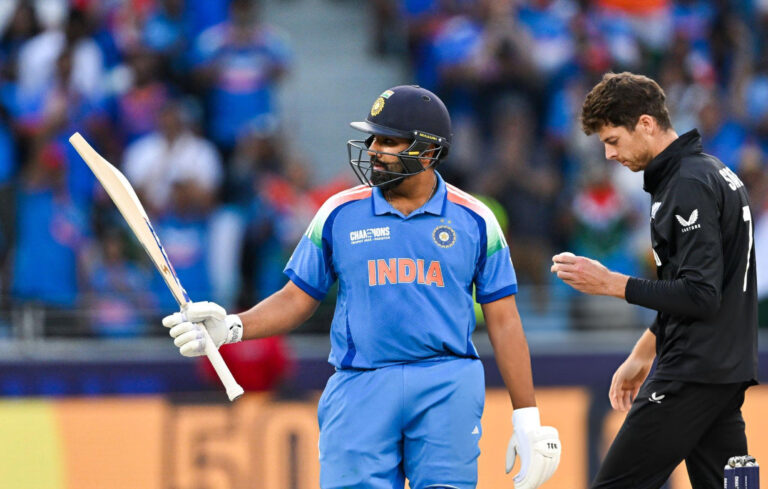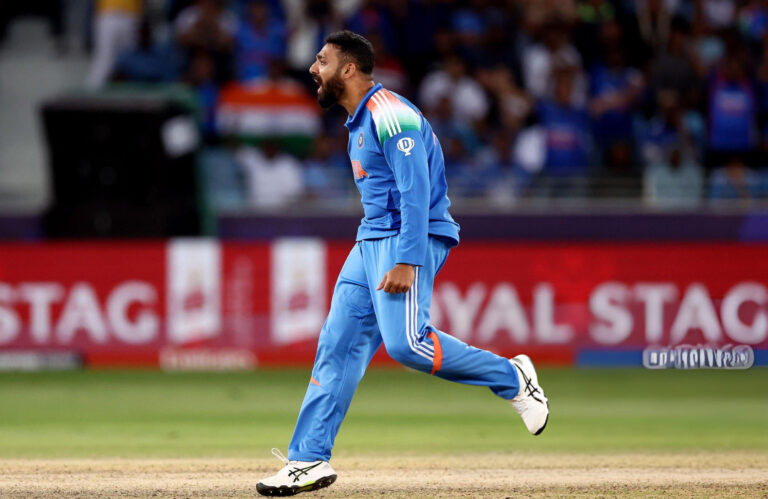
With the announcement from the Ajit Agarkar-led selection panel that Shubman Gill will take over the ODI leadership, the Rohit Sharma era as ODI captain has formally concluded. Cricbuzz His name will thus go down in Indian cricket lore not just as a star batsman, but as India’s most successful ODI skipper. Cricbuzz
Rohit’s captaincy journey has been storied: trophies, records, controversies, and moments of brilliance. Yet the closing chapter arrives now, at a moment of transition — when legends yield to the next generation. What legacy does he leave behind? What does this change signal for India’s ODI future? Let’s unpack.
The Numbers That Define His Captaincy
Rohit’s captaincy credentials are stellar. Under his stewardship in ODI cricket:
-
He led India in 56 ODI matches, winning 42, losing 12, with 2 “other” results (tie/no result). Cricbuzz
-
That gives him a win percentage of 75%, placing him well ahead of previous great captains in Indian ODI history, including Virat Kohli and MS Dhoni. Cricbuzz
-
In multi-nation events (tournaments with 5+ teams), his record is even more striking: 27 matches, 24 wins, and just 2 losses, equating to an 88.8% success rate. Cricbuzz
-
He oversaw ODI trophy triumphs: Asia Cups (2018, 2023) and the Champions Trophy 2025 fall under his captaincy banner. Cricbuzz
These stats don’t merely reflect consistency; they reflect sustained success at the highest intensity junctures of the format — tournaments, pressure games, multi-team events.
Further, Rohit’s personal batting contributions while leading also stand out:
-
He is one of only five captains (with minimum thresholds) to average above 50 while leading. Cricbuzz
-
His strike rate as captain (111.97) is significantly higher than his career average when not captaining (88.42) — a “surge” of 23.55 runs per 100 balls. Cricbuzz
-
He also holds the rare distinction of being one of the few captains to have scored a double century (208)* while leading in ODIs. Cricbuzz
These numbers aren’t just footnotes; they form the architecture of a captain who thrived both in tactical leadership and personal performance.
The Significance of His Departure
1. Captaining Peaks & Giving Way
Every leader has a lifespan. Rohit has captained India through trophies, transitions, and expectations. But moving aside when performance, age, or strategy demand is often as courageous as stepping up. His departure is a signal — to teammates, fans, and future captains — that Indian cricket is ready to change guard, not cling to names.
2. Foundations for Gill
By handing over the reins now, the board gives Shubman Gill time to build, strategize, and assert his identity as captain ahead of the critical stretch toward the 2027 World Cup. It’s a passing of the baton, not a sudden cut. The timing suggests that Gill’s leadership isn’t experimental — it’s deliberate.
3. Legacy of Leadership Culture
Rohit’s captaincy style mattered: he balanced aggression, calm under fire, and an ability to marshal limited overs tactics deftly. His leadership culture, communication style, and even field placements will leave imprints that the next leaders will absorb, adapt, or react to.
Reflections on Strengths & Lessons
Rohit’s captaincy didn’t come without challenges — but therein lies the richness of his legacy.
-
Handling Pressure Tournaments: His record in multi-nation events shows he could navigate the tension of group stages, knockouts, and finals.
-
Leading from the Front: His batting numbers didn’t sag with captaincy; instead, they surged. That ability to balance his role and still perform is rare.
-
Adaptability: Over time, Rohit adapted to changes — rules, powerplays, team composition — and remained effective across evolving ODI eras.
-
Transition Management: He captained alongside seasoned teammates and younger ones, handling generational mix — a quality that future captains will need.
He wasn’t perfect. Losses, tactical missteps, lapses in form — those were part of the journey. But those are also the things that humanize—and teach.
Challenges Ahead for India’s ODI Future
With Rohit stepping away, Indian cricket faces a few pivotal tests:
-
Smooth Transition for Gill
Gill needs backing, time, and clarity. Failure to ensure that could lead to instability or criticism. -
Maintaining Performance Benchmarks
Rohit set a high bar. The squad and new leadership must preserve the culture of winning, not let it erode under transition fatigue. -
Managing Rohit’s Continuing Role
Even as captaincy ends, Rohit remains a player. How he is utilized — in mentorship, senior batting, or matchup roles — will need careful handling so he adds value without awkward overlap. -
Avoiding Sentiment Over Strategy
It’s tempting for fan pressure to push for legacy picks. But the future demands merit, fitness, form. The selectors and team must guard against sentimental inertia.
Final Thoughts
The headline “End of an era: Rohit signs off as India’s most successful ODI captain” marks both an ending and a beginning. Rohit’s captaincy chapter concludes with numbers, trophies, and memories. Yet his legacy is more than statistics — it is about how he led, how he played, how he inspired.
In cricket, eras shift. Captains rise and step aside. The job of the cricketing establishment now is to ensure this transition respects the past, embraces the new, and preserves standards of excellence.
Rohit’s time as captain may be over — but his impact, stories, and the benchmarks he set will echo for years. The stage now belongs to Gill, to the next generation, who will write their own era — built in part on Rohit’s foundation.


